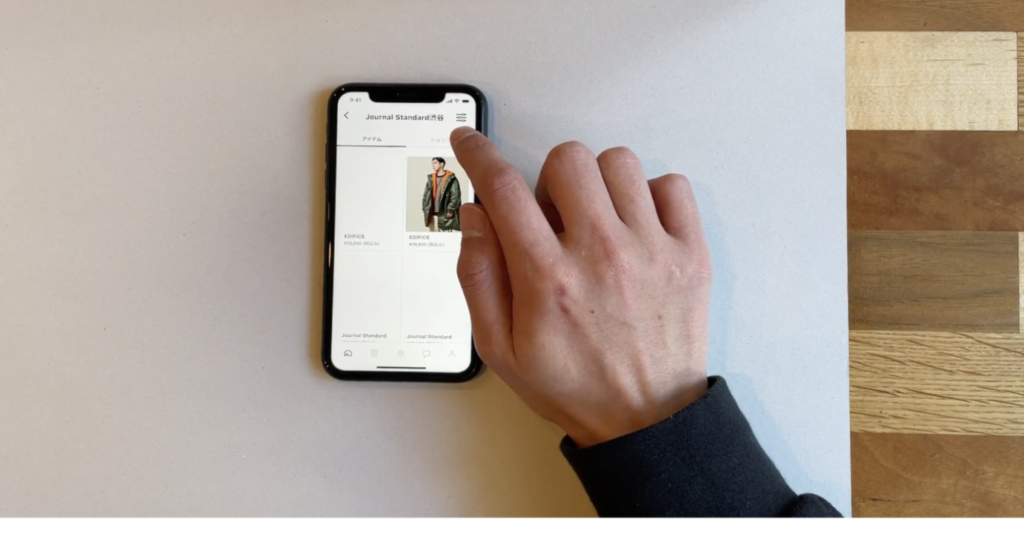by David Dikman

A step-by-step guide for those who strive to save time and provide better user experience.
Of course, it would be ideal if we can prototype and test but if we are to make the deadline we need to start development now. Maybe next time.
I’ve heard this many times. Confession, I have even been in the position of saying it. But lately, I have been feeling that we don’t have time not to do usability testing.
In this post, I hope to show how it can save more time than it takes. That even 30 minutes can be enough to get started.
Usability or user testing may sound complicated. Like something reserved for big companies like Facebook or Google. I promise you though, that usability testing can be done easily and by anyone.
If you already know what usability testing is, skip the next part and jump straight to the practical bit at the bottom. If not, let us start from the beginning.
What is usability testing?
According to Hotjar (a popular tracking product):
Usability testing is a method of testing the functionality of a website, app, or other digital product by observing real users as they attempt to complete tasks on it. The users are usually observed by researchers working for a business.
Usability testing can help prove if what you are building will work or not. It can even help show if it’s worth building in the first place.
Ideally, we start testing before we build and then test at various steps in the design and development process. We can test everything from conceptual flows to different UX writing (labels of buttons and so). Depending on the stage of design we may use different tools as Cassandra Naji has a good article about.
So when do we take the time for testing?
